

Today's culture is biased towards business. I discuss culture without paying any attention to what sells. I am interested in great artists, musicians, writers, etc, regardless of how the business and the establishment perceives them. I also try to apply a historical perspective: history is my main interest.
The book explores the technical as well as cultural imaginaries of programming from its insides. It follows the principle that the growing importance of software requires a new kind of cultural thinking — and curriculum — that can account for, and with which to better understand the politics and aesthetics of algorithmic procedures, data processing and abstraction. It takes a particular interest in power relations that are relatively under-acknowledged in technical subjects, concerning class and capitalism, gender and sexuality, as well as race and the legacies of colonialism. This is not only related to the politics of representation but also nonrepresentation: how power differentials are implicit in code in terms of binary logic, hierarchies, naming of the attributes, and how particular worldviews are reinforced and perpetuated through computation. Using p5.js, it introduces and demonstrates the reflexive practice of aesthetic programming, engaging with learning to program as a way to understand and question existing technological objects and paradigms, and to explore the potential for reprogramming wider eco-socio-technical systems. The book itself follows this approach, and is offered as a computational object open to modification and reversioning.

Visions of Chaos is a professional high end software application for Windows. It is simple enough for people who do not understand the mathematics behind it, but advanced enough for enthusiasts to tweak and customise to their needs. It is the most complete all in one application dealing with Chaos Theory and Machine Learning available. Every mode is written to give the best possible quality output. There are thousands of sample files included to give you an idea of what Visions of Chaos is capable of.

Ofelia is a Pd external which allows you to use openFrameworks and Lua within a real-time visual programming environment for creating audiovisual artwork or multimedia applications such as games.
openFrameworks is an open source C++ toolkit for creative coding.
Lua is a powerful, efficient, lightweight, easy-to-learn scripting language.
Pure Data(Pd) is a real-time visual programming language for multimedia.
Thanks to Lua scripting feature, you can do text coding directly on a Pd patch or through a text editor which makes it easier to solve problems that are complicated to express in visual programming languages like Pd. And unlike compiled languages like C/C++, you can see the result immediately as you change code which enables faster workflow. Moreover, you can use openFrameworks functions and classes within a Lua script.
Using Ofelia, you can flexibly choose between patching and coding style based on your preference.
The external is available to be used under macOS, Windows, Linux and Raspberry Pi.
A free educational site that progressively introduces you to the world of computer graphics.
Our application programming approach guides you through small, easy-to-compile programs.
We’ve dispensed with unnecessary technical jargon in favor of everyday language.
Tooll 3 is an open source software to create realtime motion graphics. We are targeting the sweet spot between real-time rendering, graph-based procedural content generation and linear keyframe animation and editing. This combination allows…
artists to build audio reactive vj content
use advanced interfaces for exploring parameters
or to combine keyframe animation with automationTechnical artists can also dive deeper and use tool for advanced development of fragment or compute shaders or to add input from midi controllers and sensors or sources like OSC or Spout.
We strongly believe in usability and intuitive and beautiful interface design. That's why we experiment with different approaches before striking the right balance between usability and powerful flexibility. Currently tool version 3 is an ongoing development. It's stable enough to produce high-end visuals create motion graphics use many industry standard features like color correction, scopes and tone mapping, and export small standalone executables.
Excentro is a simple but advanced tool that can create guilloche designs like backgrounds, borders or rosettes.

The guilloches are vintage design elements that were frequently used for anti-counterfeiting security purposes on banknotes, passports, checks and certificates during the past two hundred years. As the times changed and digital copy and printing technologies perfected, guilloches no longer presented sufficient security measures that could prevent forging and counterfeiting of valuable papers. Today the main part of security technology lies in the special paper or tricky inks the designs are printed upon or with.
Still, it is too early to say that the days of guilloche designs are over. They can still be used to prevent the counterfeiting of products that do not require the highest level of security (i.e. theater tickets, diplomas or gift certificates). Or, they can just be used to decorate and add some aesthetic value to a product giving the ‘money-like’ look and value.
For informational purposes only
This is a fluid document, compiled from different notes/docs, originally started in ~2008, having grown slowly from my more general manifesto of that period and frequently been revised to help steer my own practice (the artistic parts) ever since.
All of the things listed here are "soft" guidelines & considerations, not an exhaustive set of hard rules! Various omissions and exceptions do exist, and the latter are explicitly encouraged! Yet, I do not imagine there'll be even minor agreement about these highly subjective, personal stances — in fact I'm very much expecting the opposite... So I'm also not publishing these bullet points to start any form of debate, but, after all these years, it's important for me to openly document how I myself have been approaching generative art projects, the topics & goals I've been trying to research & learn about, also including some of the hard lessons learned, in the hope some of these considerations might be useful for others too.
Since that list already has become rather long, there're also a bunch of other considerations & clarifications I've had to omit for now. Please keep that in mind when reading, and if some sections are maybe a little too brief/unclear...
Our wiki is a comprehensive encyclopedia of online and offline aesthetics! We are a community dedicated to the identification, observation, and documentation of visual schemata.
What is an aesthetic? Why does everyone always argue about what aesthetics should be on this wiki?
The short answer: A collection of visual schema that creates a "mood."
Some types of aesthetics include:
Aesthetics originated from Internet communities (Ex: Cottagecore, Dark Academia)
National cultures (Americana, Traditional Polish) Note: Most articles that try to describe a national culture will be deleted. These articles should have a higher quality and risk stereotyping a nation.
Genres of fiction with established visual tropes (Ex: Cyberpunk, Gothic)
Holidays with iconic imagery and colors (Ex: Christmas, Halloween)
Locations that have expected activities, components, and types of people (Ex: Fanfare, Urbancore)
Music genres with consistent visual motifs present in cover art, music videos, etc (Ex: City Pop, Emo)
This does not mean all music genres should be present. For example, Pop and Alternative bands' do not have shared visual traits.
Periods of history with distinct visuals (Ex: Victorian, Y2K)
Stereotypes (Ex: Brocore, VSCO)
Subcultures that share music genres and fashion styles (Ex: Raver, Skinheads)The long answer:
The word "aesthetic" originated as the philosophical discussion about what beauty is, how we should approach it, and why it exists. However, Millennials and Generation Z started using that term as an adjective that describes what they personally consider beautiful. For example: "After Denise finished watching The Virgin Suicides, she said, 'Wow. That was so aesthetic.'"
Aesthetics have now come to mean a collection of images, colors, objects, music, and writings that creates a specific emotion, purpose, and community. It is largely dependent on personal taste, cultural background, and exposure to different pieces of media. This definition is not official and can be debated. There is currently no dictionary definition that captures the complexity of this phenomenon, which arose in the Internet youth. Rather, people who participate in the community "know it when they see it." These elements are constantly debated, as the opinion on whether or not some aesthetics exist or are valid is constantly debated. This is especially true since everyone's own personal life factors into their opinions.
Here is an example of a debate that is going on within the community. Whether or not Lolita is an aesthetic varies on what counts as visual elements. On one hand, lace, petticoats, and bows are valid elements of visual schema. Those elements combine to spark feelings of kawaii, de-sexualization, rebellion, and appreciation of antique. On the other hand, aesthetics are made up of elements other than fashion, such as home decor or music. Fashion is the visual element, rather than the components making up the coord/outfit. That element is part of broader schemas such as Goth and Victorian. What counts as an element and what qualifies as sparking an emotion is a complicated subject.
So right now, the subject is trying to be defined by the community. What either fits into a larger schema or is distinct enough to warrant its own aesthetic is difficult to say and would depend on who you are asking.
Clip retrieval works by converting the text query to a CLIP embedding , then using that embedding to query a knn index of clip image embedddings
https://github.com/rom1504/clip-retrieval

The road to wisdom?
-- Well, it's plain
and simple to express:
Err
and err
and err again
but less
and less
and less.Hence the name LessWrong. We might never attain perfect understanding of the world, but we can at least strive to become less and less wrong each day.
We are a community dedicated to improving our reasoning and decision-making. We seek to hold true beliefs and to be effective at accomplishing our goals. More generally, we work to develop and practice the art of human rationality.[1]
To that end, LessWrong is a place to 1) develop and train rationality, and 2) apply one’s rationality to real-world problems.
“Although our study doesn’t present ways to mitigate negative hunger-induced emotions, research suggests that being able to label an emotion can help people to regulate it, such as by recognising that we feel angry simply because we are hungry. Therefore, greater awareness of being ‘hangry’ could reduce the likelihood that hunger results in negative emotions and behaviours in individuals.”
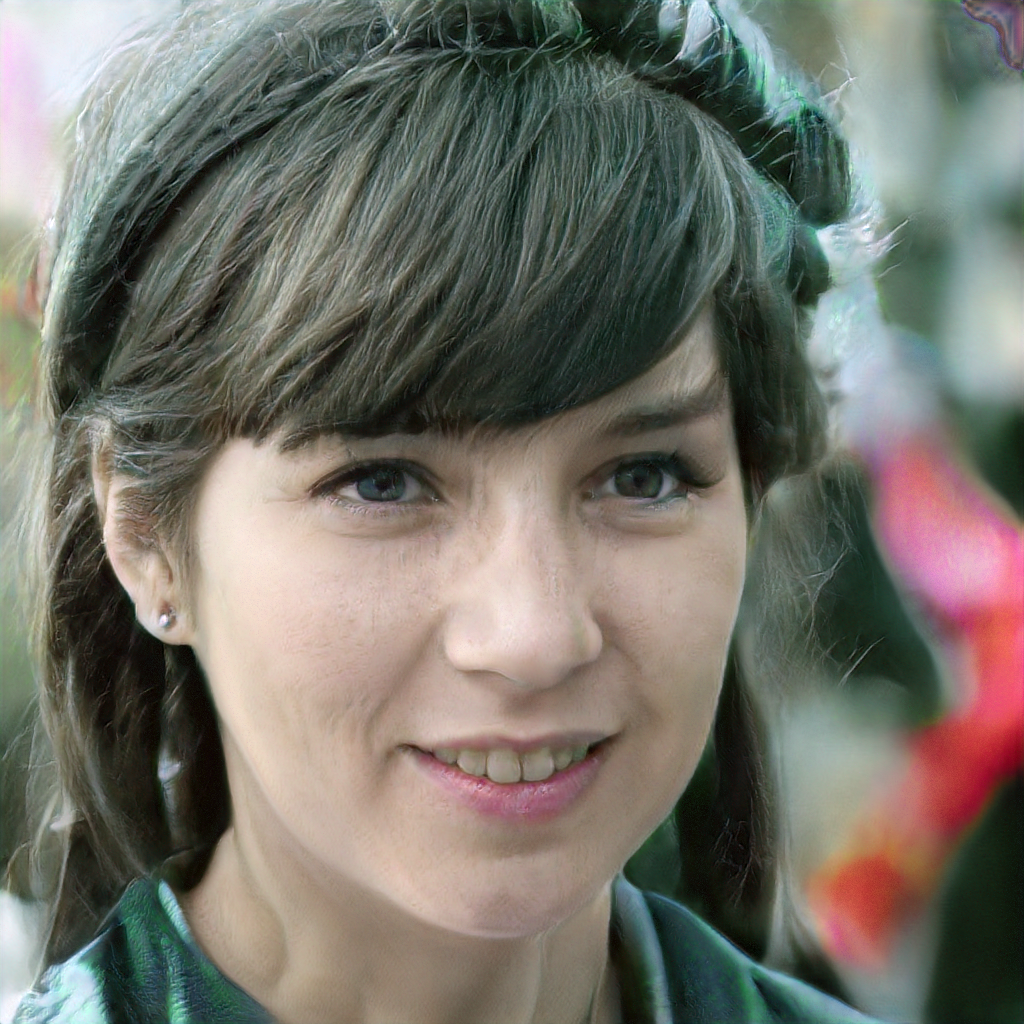
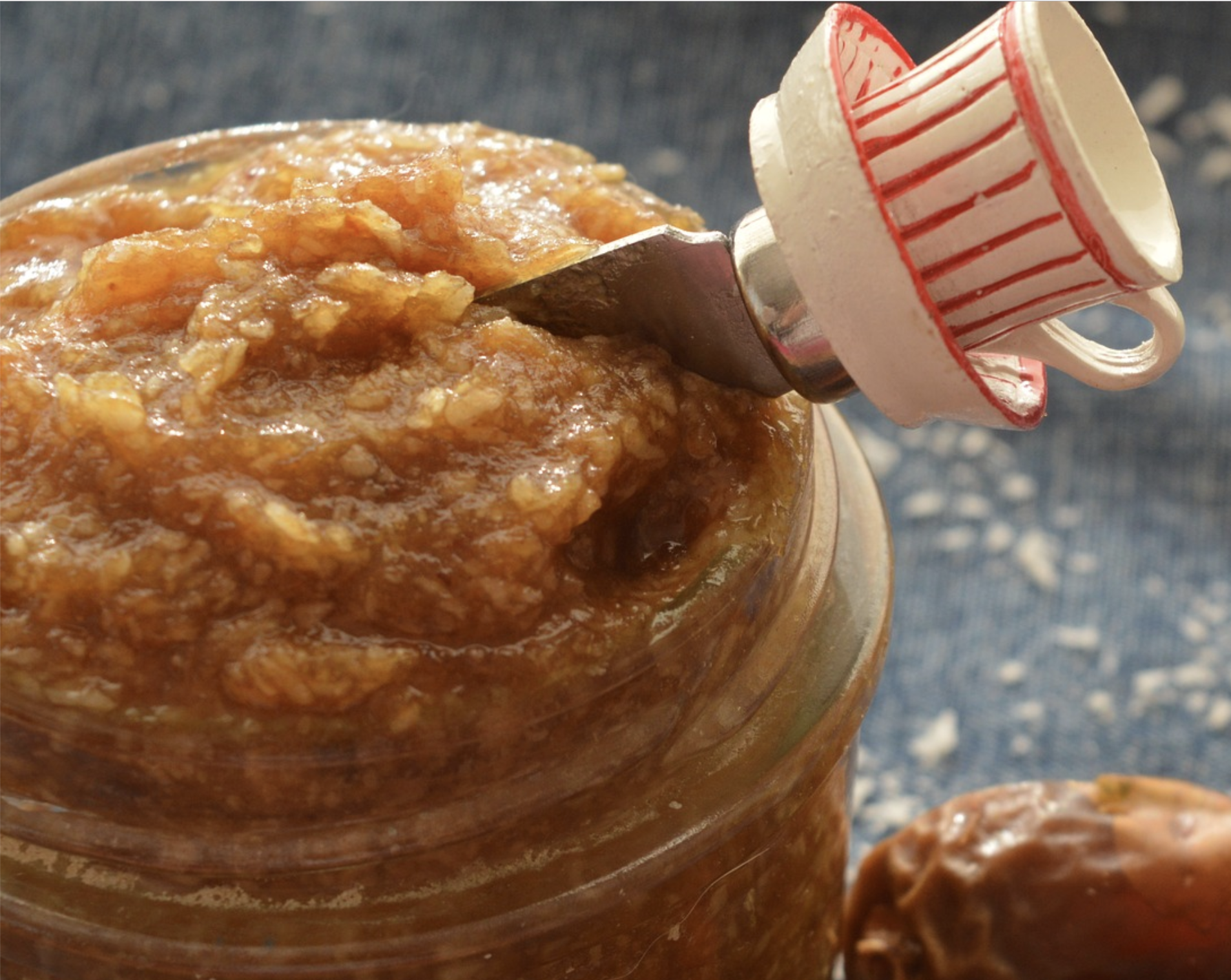
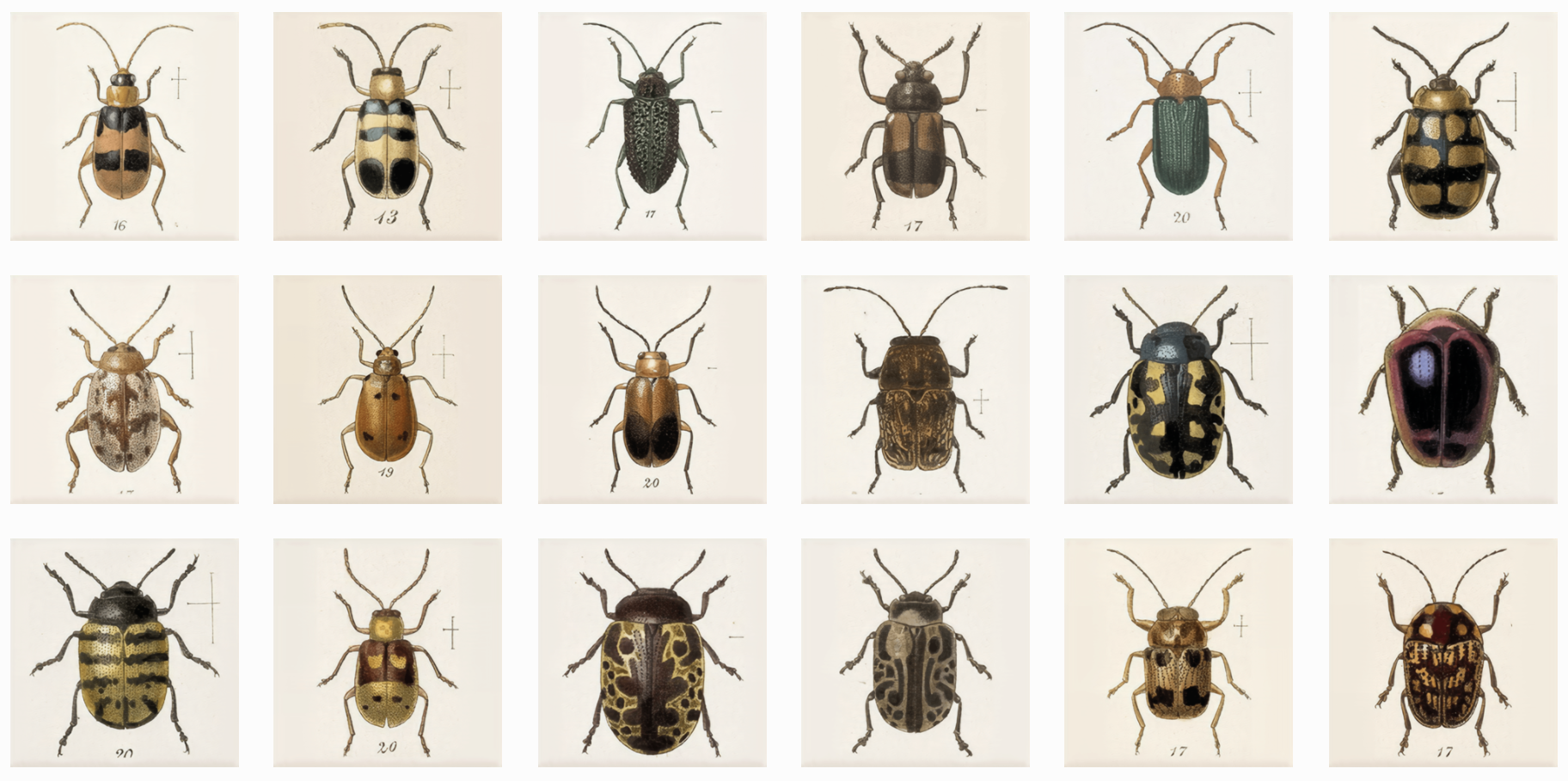
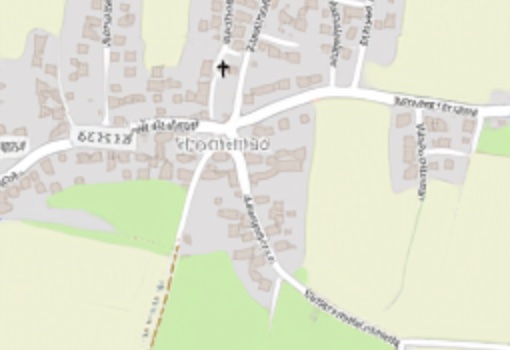
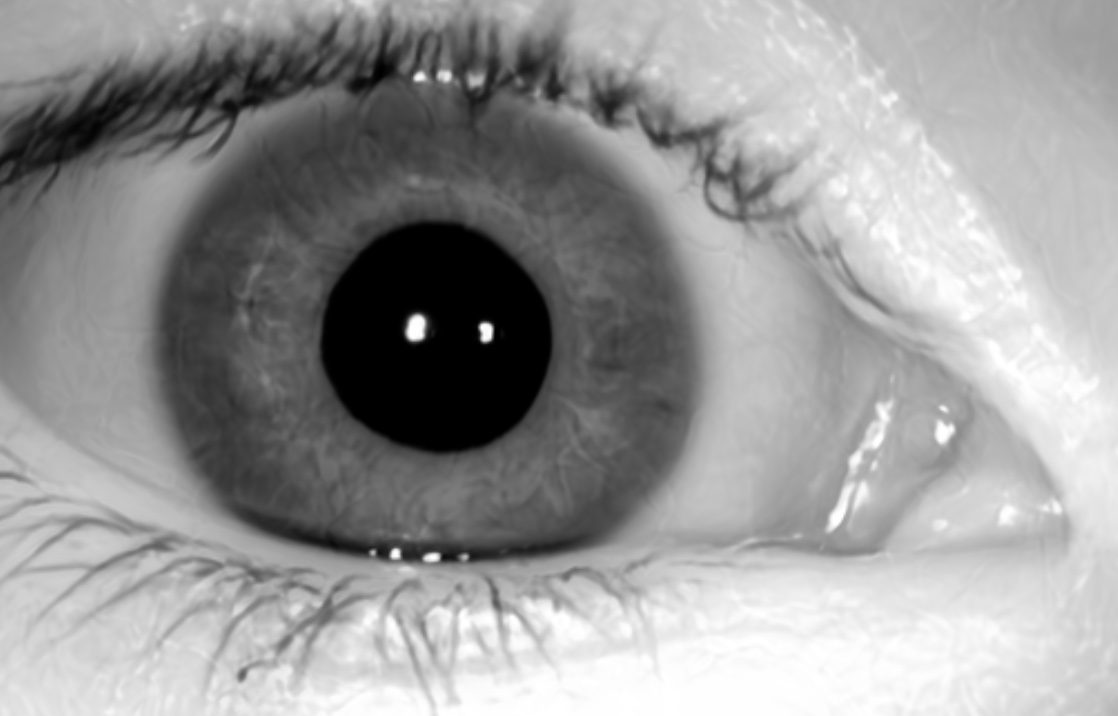
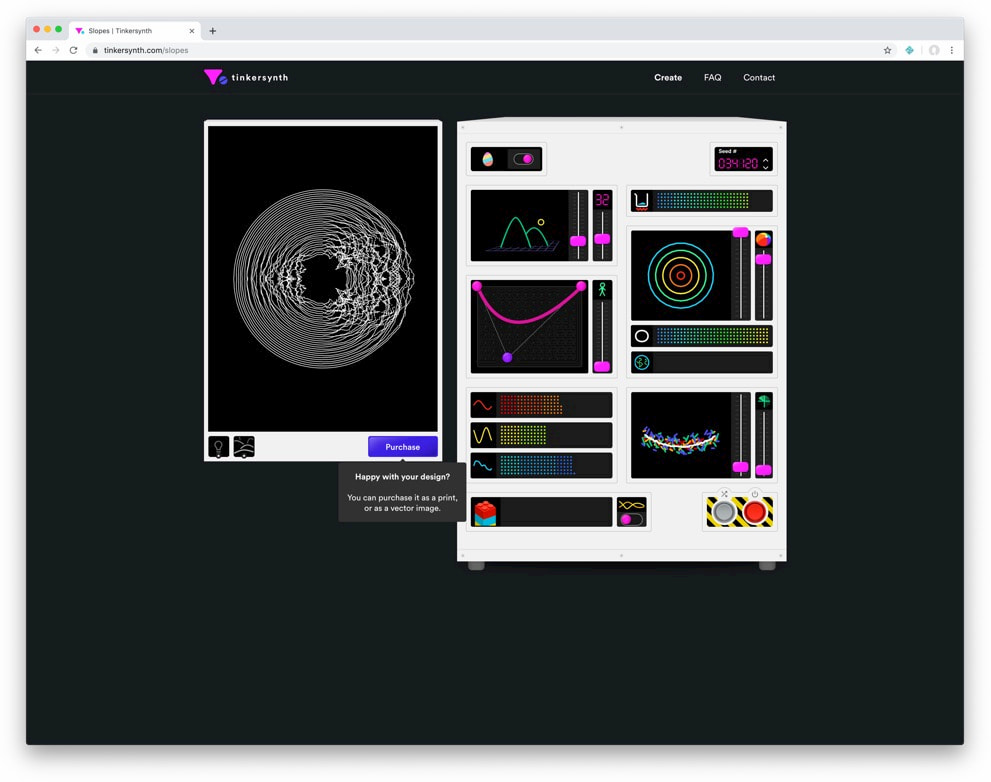
Tinkersynth is an experimental art project. It lets you create unique generative art
by making serendipitous discoveries through experimentation.
More concretely, Tinkersynth is a design tool where you build art by poking at sliders and buttons. The goal isn't to provide a linear path to a specific piece of art, but rather to encourage experimentation. Tinkersynth prioritizes being delighted by unexpected effects rather than creating an intuitive, predictable tool.
In a former life, Tinkersynth was also a store which sold the rights to digital products, as well as physical fine-art prints.
Tinkersynth was created by me, Josh Comeau.
Mass Files is an archive of auditory urban landscapes captured around the globe. Professional sound recordists and artists were invited to capture a selection of their surroundings in sound of around 30 minutes in duration.
Sound constructs political narratives – it highlights the invisible, the unheard, the wandering and the weak. Mass Files is a sensory exercise, a pause of unspecified length.
Pour VIDERPARIS, j’ai travaillé sur photoshop de manière très rationnelle, comme si j’étais une entreprise de travaux publics. J’ai ôté toute trace de vie, j’ai démonté le mobilier urbain et gardé l’architecture. J’ai aussi conservé au sol les passages piétons, les lignes continues et les bandes blanches : pour les effacer, il aurait fallu poser une couche de bitume. Ça n’entrait pas dans la logique de l’opération. Quand on veut vider une ville, on ne perd pas de temps à ça… C’est une fiction sans narration. Je ne raconte pas une histoire, je présente juste les faits. Ces images permettent d’ouvrir la fiction, de créer un puissant espace de projection.
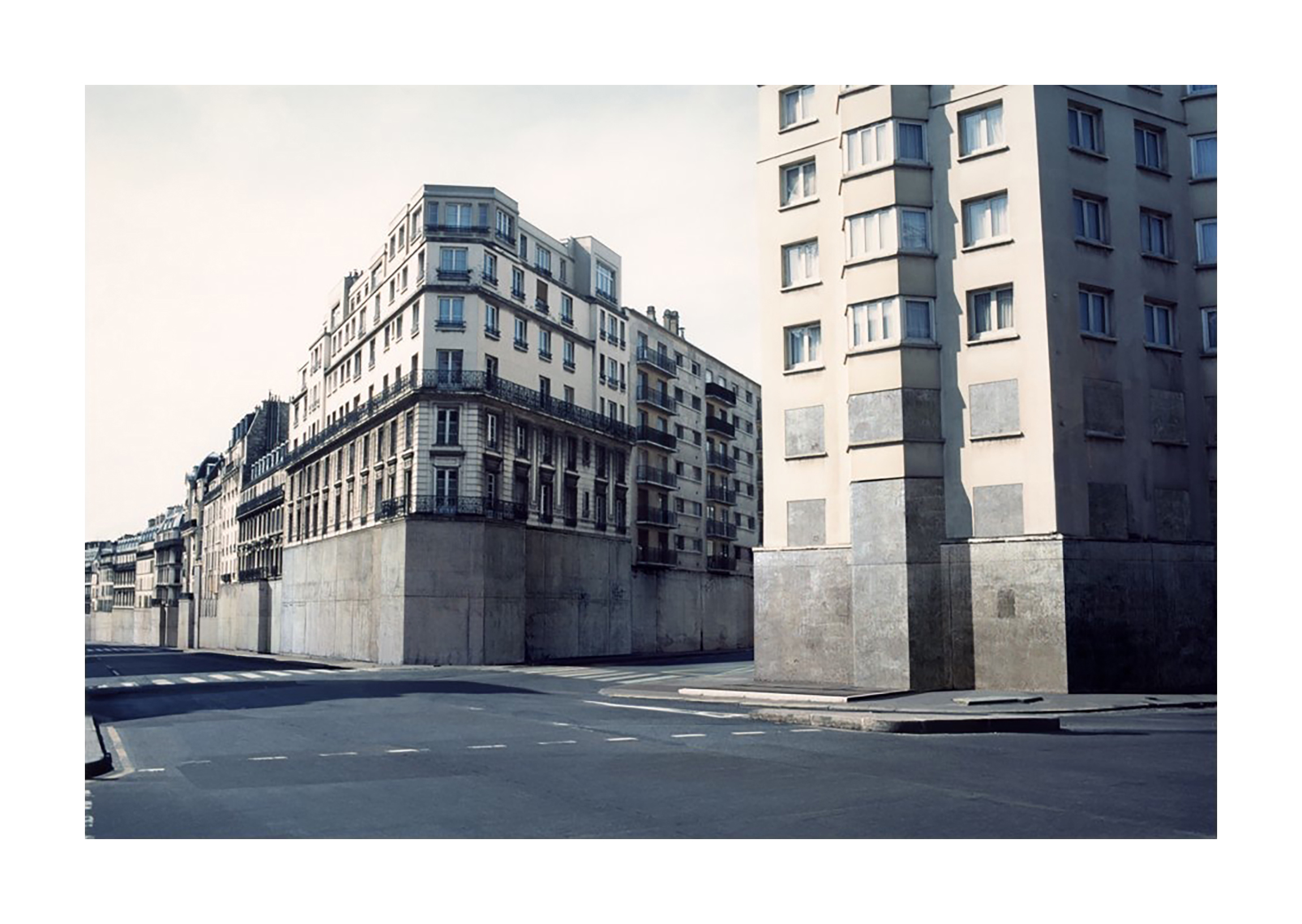
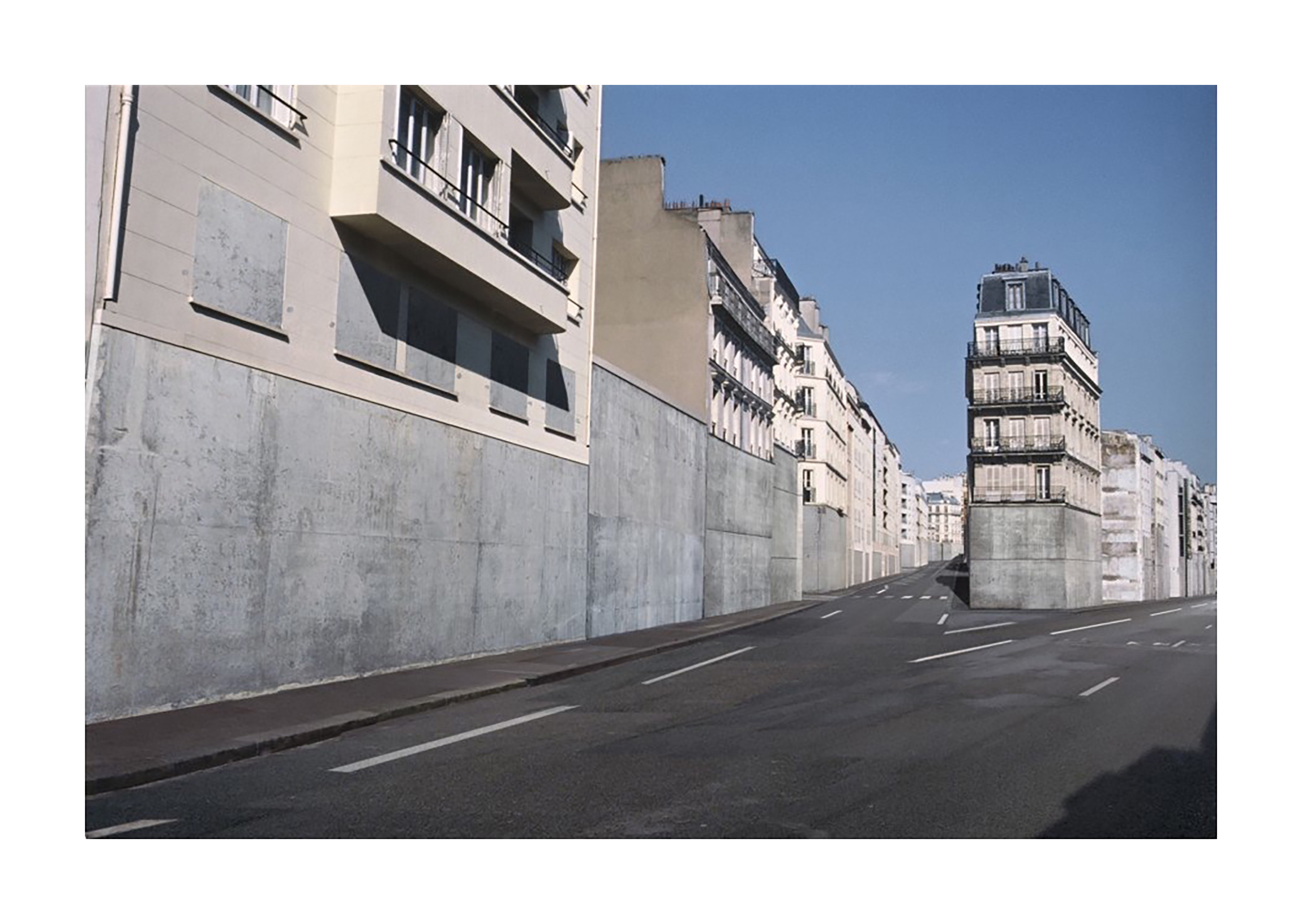
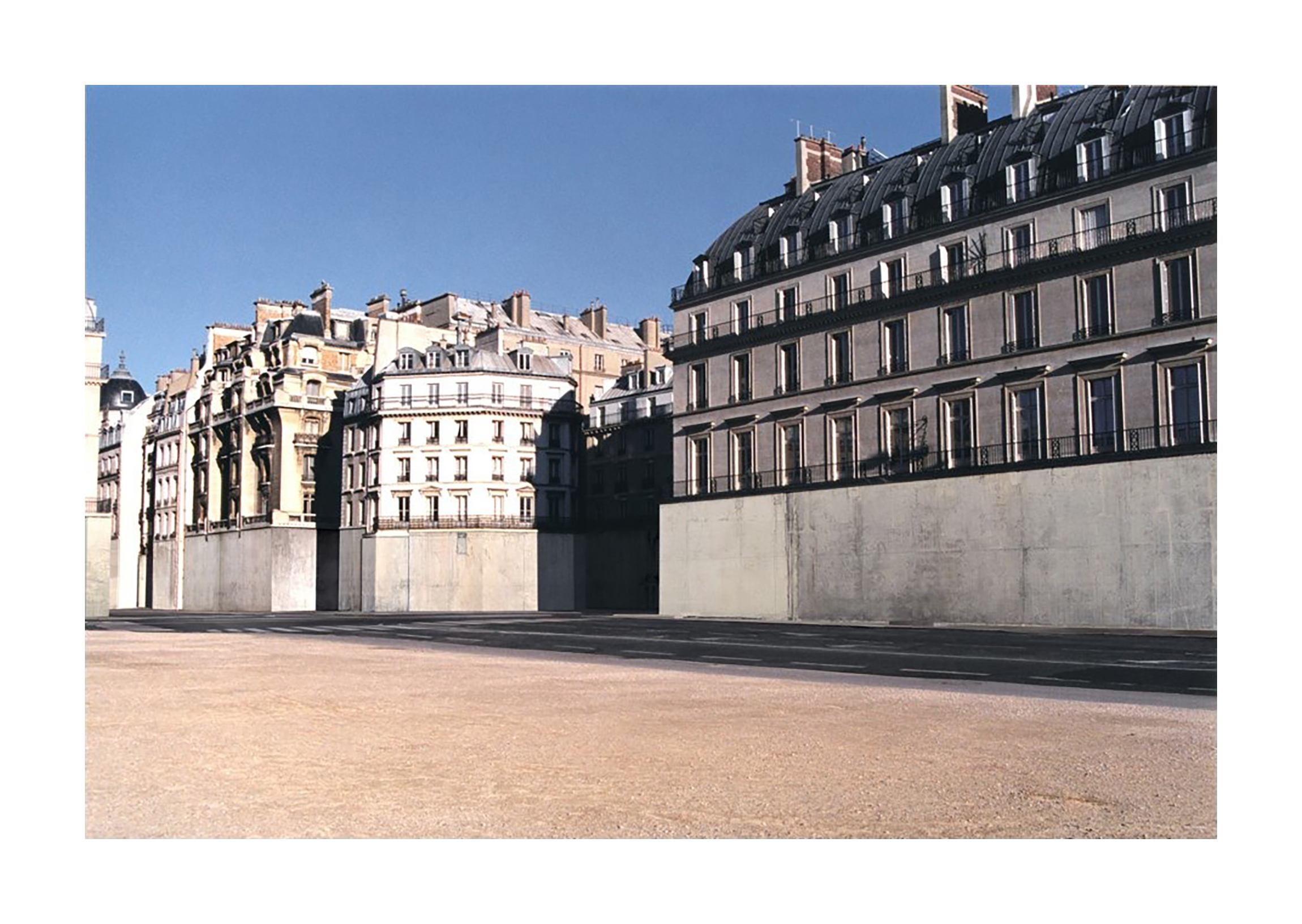

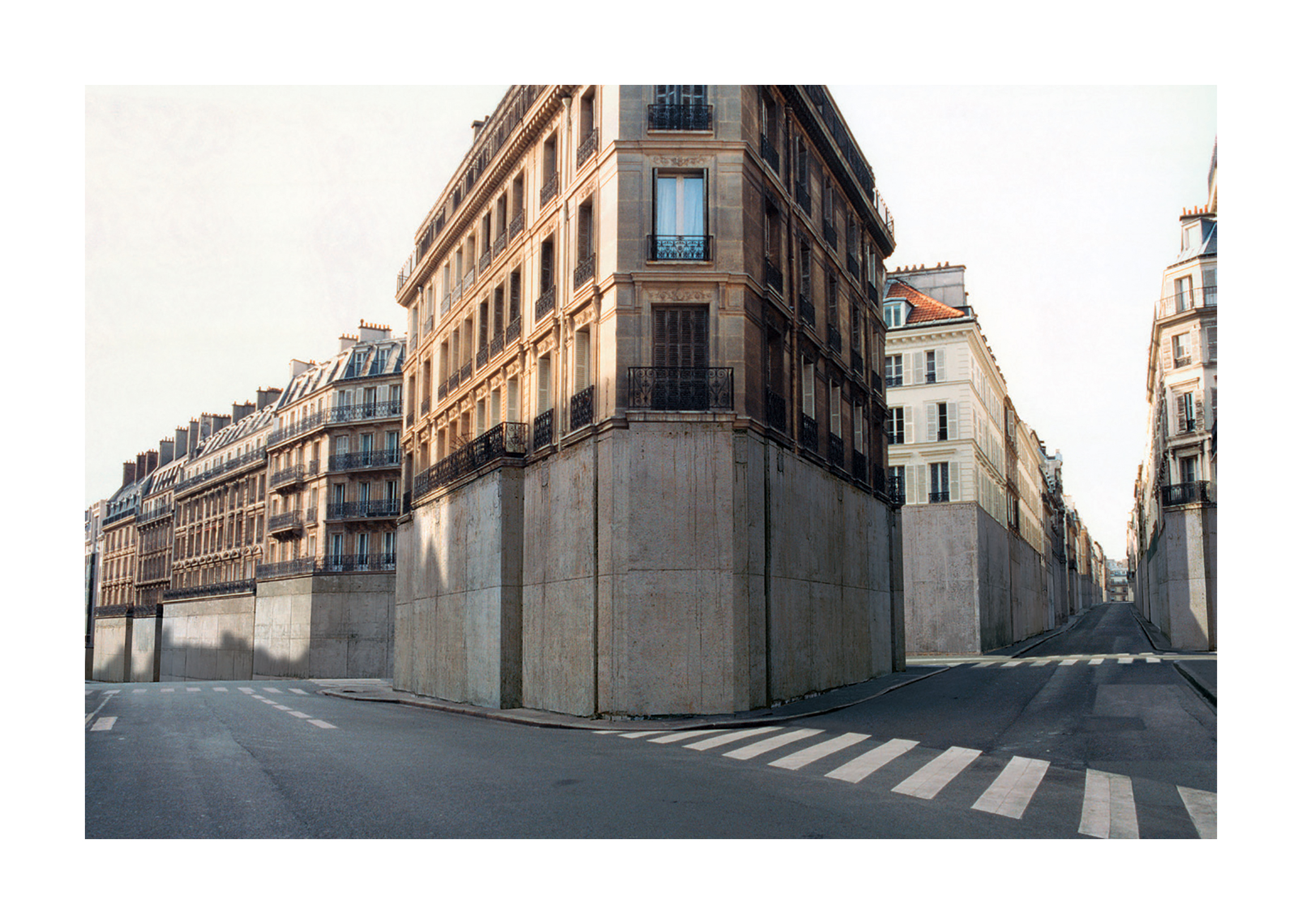
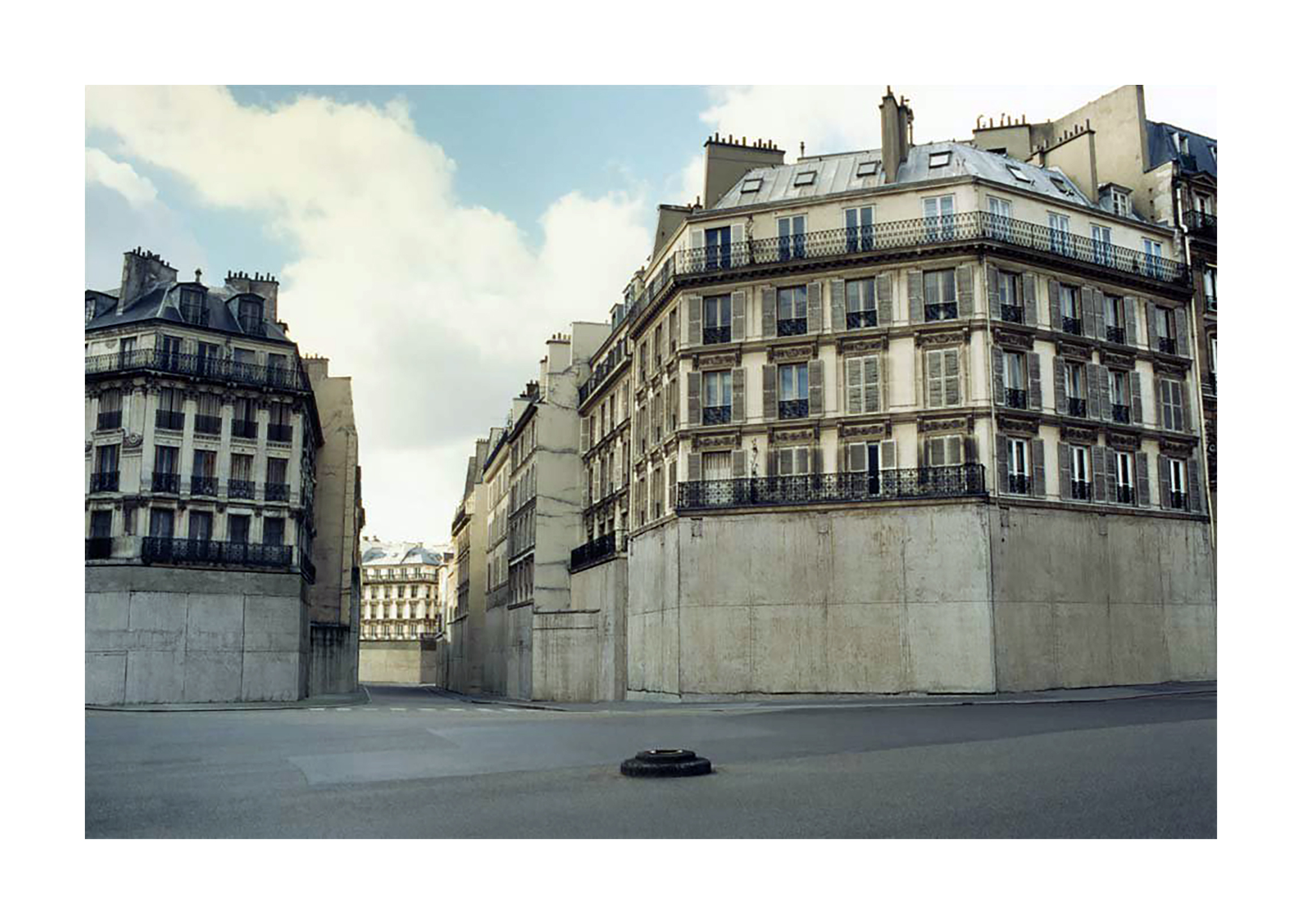


What BirdNET-Pi Does
24/7 recording from any USB sound card/microphone
24/7 local BirdNET-Lite analysis
Automatically extracts the detected songs, chirps, and peeps from recordings
Creates spectrograms of each recorded bird sound
Enters each detection into a local SQlite database for storage and data visualization
Hosts its own Caddy web server so that the data can be accessed from any web browser or device (can be configured to be local only or can easily be made public to share with the world — check out the public installations below!)
Offers local Streamlit database analysis to visualize daily and long-term presence data
Live audio stream
BirdWeather.com integration

Based on the novel "Roadside Picnic" by Arkady and Boris Strugatsky. The Zone that arose on Earth for unknown reasons attracts attention with inexplicable phenomena that occur there. A rumor has spread that in the center of the Zone there is something that gives a person everything he wants. But staying in the Zone is deadly, and therefore it is strictly guarded. There, each for their own reasons, the Writer and the Professor go, the Stalker leads them to the mysterious center, feeling and understanding the Zone...
Directed by: Andrey Tarkovsky
Writted by: Strugatsky Boris, Strugatsky Arkady
Music: Artemyev Eduard
Operator: Knyazhinsky Alexander
Production Designer: Andrey Tarkovsky
Started: Nikolay Grinko, Anatoly Solonitsyn, Alisa Freindlich, Alexander Kaidanovsky
Have you ever wanted to ...
– export 10,000 mass-customized copies of your InDesign document?
– use spatial-tiling algorithms to create your layouts?
– pass real-time data from any source directly into your InDesign project?
– create color palettes based on algorithms?
– or simply reconsider what print can be?
basil.js is ...
– making scripting in InDesign available to designers and artists.
– in the spirit of Processing and easy to learn.
– based on JavaScript and extends the existing API of InDesign.
– a project by The Basel School of Design in Switzerland.
– has been released as open source in February 2013!
A book of 1000 paintings and illustrations of robots created by artificial intelligence. The author generated all of the images in this book by writing original prompts for DALL·E 2, OpenAI’s AI system that can create realistic images and art from a description in natural language. Upon generating the images, the author curated and arranged the images to their own liking and takes ultimate responsibility for the content of this publication.
https://openai.com/dall-e-2/
https://github.com/CompVis/latent-diffusion
https://huggingface.co/spaces/multimodalart/latentdiffusion
https://mirror.xyz/0x0f6712c6ac4f02f47cA8b5cf200B224aE6fD8B69/AYLAsdtM090nHWpvWQ13exkaJoNyllkhxa9ffEUPOrg
The Digital Curator application allows you to explore the art collections of Central European museums and search for artworks based on specific motifs.
Users of the application can build their combination of objects and reveal how often the subject has occurred across the centuries, view graphics, drawings, or paintings that represent it in different epochs, and compare data with other themes.
The Digital Curator offers a quantitative view of cultural history based on the frequency of symbols and iconographic themes in many artifacts, not on a detailed observation of individual items. This distant viewing can be especially useful if our interest is aimed at exploring a genre, rather than a specific work, to understand the overall social conditions, rather than the life of a particular artist, or to interpret the overall political situation, rather than the views of the selected author. Exploring big cultural-historical data may bring new insights into abstract social phenomena such as cultural and economic influence, canon issues, the relationship between the center and the periphery, or the functioning of the art market. It can also help us better observe the migration of motifs and their takeover across centuries and distant regions.
The Digital Curator database now contains 196 116 works from the collections of 91 museums from Austria, Bavaria, the Czech Republic, and Slovakia. 71 410 of these works are available under an open license, so it is possible to view them online. Other works are used only as a basis for statistics, presenting the frequency of occurrence of motifs. The AI library for machine learning TensorFlow and the computer service Google Cloud including the tool Google Cloud Vision were used for the automatic detection of the depicted motifs. Data search and storage is performed using the ElasticSearch database and the operation of the application is provided by the Google App Engine service.
Implementation was carried out with the kind support of the UMPRUM, Academy of Arts, Architecture and Design in Prague , the Ministry of Education of the Czech Republic the Slovak National Gallery, and the BlueGhost digital agency. Thanks also go to many museums that made it possible to use their digitized collections, and to Richard Prajer, Radim Hašek, and Eva Škvárová who helped with the development of the application and the preparation of the database.
The project was designed by Lukas Pilka in 2019-22.

https://github.com/grame-cncm/faust
Faust (Functional Audio Stream) is a functional programming language for sound synthesis and audio processing with a strong focus on the design of synthesizers, musical instruments, audio effects, etc. Faust targets high-performance signal processing applications and audio plug-ins for a variety of platforms and standards. It is used on stage for concerts and artistic productions, in education and research, in open source projects as well as in commercial applications.
The core component of Faust is its compiler. It allows us to "translate" any Faust digital signal processing (DSP) specification to a wide range of non-domain specific languages such as C++, C, JAVA, JavaScript, LLVM IR, WebAssembly, etc. In this regard, Faust can be seen as an alternative to C++ but is much simpler and intuitive to learn.
Thanks to a wrapping system called "architectures," codes generated by Faust can be easily compiled into a wide variety of objects ranging from audio plug-ins to standalone applications or smartphone and web apps, etc.

Kid Pix just became pubic domain, so the remade (but pretty much exactly the same) version is now available here.
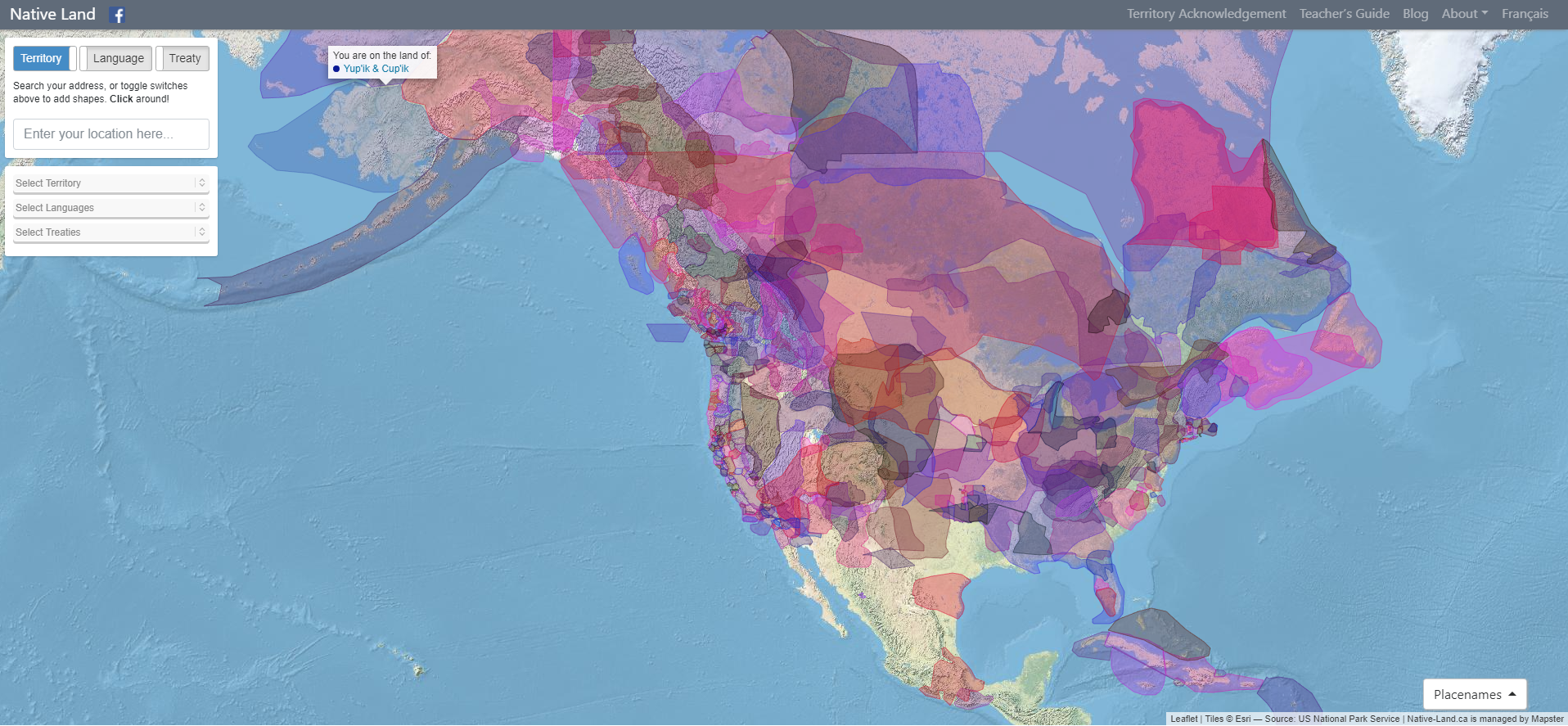
Native Land Digital strives to create and foster conversations about the history of colonialism, Indigenous ways of knowing, and settler-Indigenous relations, through educational resources such as our map and Territory Acknowledgement Guide. We strive to go beyond old ways of talking about Indigenous people and to develop a platform where Indigenous communities can represent themselves and their histories on their own terms. In doing so, Native Land Digital creates spaces where non-Indigenous people can be invited and challenged to learn more about the lands they inhabit, the history of those lands, and how to actively be part of a better future going forward together.
The Importance of Land
Land is something sacred to all of us, whether we consciously appreciate it or not — it is the space upon which we play, live, eat, find love, and experience life. The land is ever-changing and ever-shifting, giving us — and other creatures and beings on the earth — an infinite number of gifts and lessons.
For Native Land Digital, what we are mapping is more than just a flat picture. The land itself is sacred, and it is not easy to draw lines that divide it up into chunks that delineate who “owns” different parts of land. In reality, we know that the land is not something to be exploited and “owned”, but something to be honoured and treasured. However, because of the complexities of history, the kind of mapping we undetake is an important exercise, insofar as it brings an awareness of the real lived history of Indigenous peoples and nations in a long era of colonialism.
We aim to improve the relationship of people, Indigenous and non-Indigenous, with the land around them and with the real history and sacredness of that land. This involves acknowledging and righting the wrongs of history, and also involves a personal journey through the importance of connecting with the earth, its creatures, and its teachings.
Thus, while we make a strong effort to teach about colonialism and to bring forth Indigenous narratives, we also strive to integrate what is sometimes called an “Indigenous way of knowing” when it comes to the importance and sacredness of land in our daily lives. We hope to inspire people to gain a better understanding of themselves, their ancestors, and the world they live in, so that we can all move forward into a better future.
This is a chronological gallery of physical visualizations and related artifacts, maintained by Pierre Dragicevic and Yvonne Jansen.
https://citeseerx.ist.psu.edu/viewdoc/download?doi=10.1.1.208.6726&rep=rep1&type=pdf
Spacelapser is a tool for exploring the three-dimensional volumes created by loading an entire video into memory. Depending on the motion of the camera, this volume can resemble a lightfield, a slit-scan camera, or a special relativity simulator.



https://github.com/loganwilliams/spacelapser/releases/download/v0.1.2/spacelapser.dmg
This app allows you to simulate how any origami crease pattern will fold. It may look a little different from what you typically think of as "origami" - rather than folding paper in a set of sequential steps, this simulation attempts to fold every crease simultaneously. It does this by iteratively solving for small displacements in the geometry of an initially flat sheet due to forces exerted by creases. You can read more about it in our paper:
Fast, Interactive Origami Simulation using GPU Computation by Amanda Ghassaei, Erik Demaine, and Neil Gershenfeld (7OSME)
All simulation methods were written from scratch and are executed in parallel in several GPU fragment shaders for fast performance. The solver extends work from the following sources:
Origami Folding: A Structural Engineering Approach by Mark Schenk and Simon D. Guest
Freeform Variations of Origami by Tomohiro Tachi
This app also uses the methods described in Simple Simulation of Curved Folds Based on Ruling-aware Triangulation to import curved crease patterns and pre-process them in a way that realistically simulates the bending between the creases.
Originally built by Amanda Ghassaei as a final project for Geometric Folding Algorithms. Other contributors include Sasaki Kosuke, Erik Demaine, and others. Code available on Github. If you have interesting crease patterns that would make good demo files, please send them to me (Amanda) so I can add them to the Examples menu.
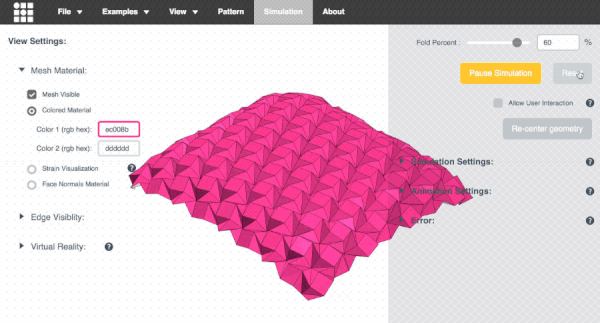

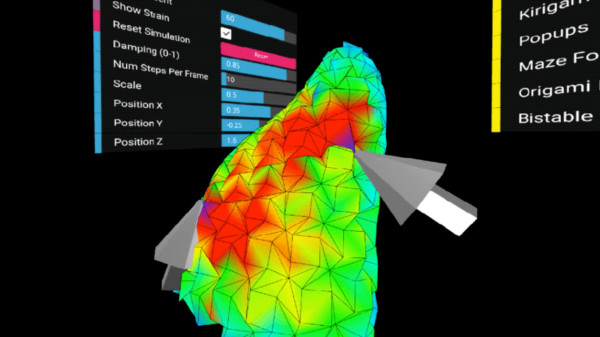
https://cuttle.xyz/@forresto/Origami-simulator-tips-W4lDXuB5m0xh
https://nitter.42l.fr/kellianderson/status/1454871569981902848
An interactive visualisation of climate model data across time and space.
Bitmap Image to 'Pixel Perfect' Vector Graphic or 3D model
The HTML5 application on this page converts your bitmap image online into a Scalable Vector Graphics or 3D model.
The result is 'pixel perfect'/lossless.
https://www.atlasofplaces.com/research/infrastructure-patterns-i/
https://www.atlasofplaces.com/research/infrastructure-patterns-vii/

Atlas of Places is a public educational collection of Academia, Architecture, Cartography, Cinema, Essays, Painting, Photography and Research. Its objective is to question the meaning of places. It is curated according to continuously evolving philosophical, social and cultural beliefs. This is merely an occasional collection. Some works date from 1230, some from the recent past, some from the present. They have this characteristic in common that they are outlooks, in the truest sense of the word. In them will be found little more than the intention of clarifying a few ideas that might really be called political if that fine word, so attractive and exciting to the mind, did not arouse today so many great scruples and great repugnance.
Atlas of Places simply wishes to make a little clearer to itself the notions that it has received from others or that, like others, it has formed for itself — notions that everyone uses for thinking about human groups, their relations and difficulties with one another. The effort to clarify such matters is assuredly not the business of those men who practice or mix in them. This collection is the work of an amateur.
Atlas of Places is dedicated to those persons who have no system and belong to no party and are therefore still free to doubt whatever is doubtful and to maintain what is not.
Atlas of Places is curated day by day, the works shared do not pretend to show any organic development: the link between them is rather one of insistence and repetition. For while one doesn’t know whether things which are repeated are pleasing, one’s belief is that they are significant. And what is sought throughout this collection are significant features.
Atlas of Places produces cartography, satellite imagery and orthoimagery for exhibitions, editorial projects and various other mediums. This continuous production appears in the Research collection. If you wish to collaborate, please scroll down to the “Collaboration” section below.
Atlas of Places originated in the Pyrénées-Orientales during the summer of 2015 and is edited by Thomas Paturet.

The Voynichese project (VP) defines a simple syntax for querying words in the Voynich Manuscript. While this syntax is only used internally, by the VP's query processor, it's important to be aware of how it operates in order to effectively query the manuscript.
Note that, unlike most query languages, Voynichese queries are evaluated at the word level. As such, word delimiters like whitespace and punctuation are not allowed.
Voynichese queries may use the following characters:
a,c,d,e,f,g,h,i,k,l,m,n,o,p,q,r,s,t,v,x,y,z,*,^,$
The characters a-z each match the corresponding EVA character.
The wildcard character "*" matches one or more EVA characters. Note that the wildcard may also be represented as a dash "-", for example when used in an URL.
The "^" character matches the start of a word.
The "$" character matches the end of a word.
For example, the query ^daiin$ will exactly match the EVA word daiin, whereas the query daiin (excluding the ^ and $ symbols) will match any EVA word containing daiin, such as chodaiindy.
Hydra is a platform for live coding visuals, in which each connected browser window can be used as a node of a modular and distributed video synthesizer.
Built using WebRTC (peer-to-peer web streaming) and WebGL, hydra allows each connected browser/device/person to output a video signal or stream, and receive and modify streams from other browsers/devices/people. The API is inspired by analog modular synthesis, in which multiple visual sources (oscillators, cameras, application windows, other connected windows) can be transformed, modulated, and composited via combining sequences of functions.
Features:
Written in javascript and compatible with other javascript libraries
Available as a platform as well as a set of standalone modules
Cross-platform and requires no installation (runs in the browser)
Also available as a package for live coding from within atom text editor
Experimental and forever evolving !!
Cables is your model kit for creating beautiful interactive content. With an easy to navigate interface and results in real time, it allows for fast prototyping and prompt adjustments.
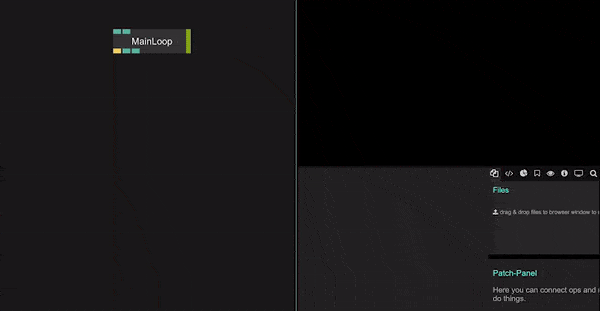
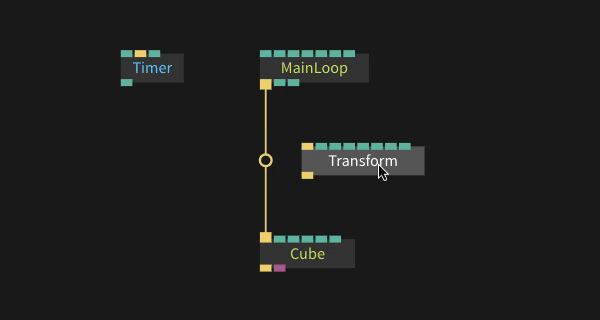
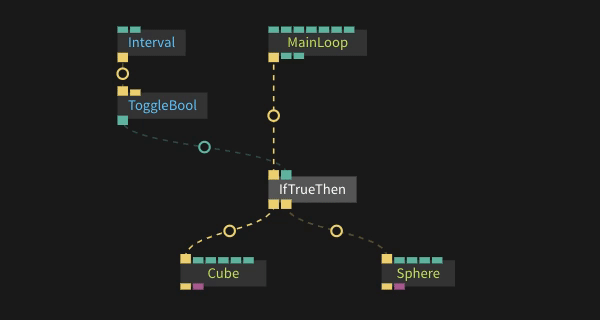
Working with cables is just as easy as creating cable spaghetti:
You are provided with a given set of operators such as mathematical functions, shapes and materials.
Connect these to each other using virtual cables to create the scene you have in mind.
Easily export your piece of work at any time. Embed it into your website or use it for any kind of creative installation.
Welcome to Exploring Technology, a wishful remedy to the increasing knowledge gap between machine builders and machine users.
Learn about :
A-Frame
Arduino
AxiDraw
Bitsy
Cables
Cinema 4D
Circuit
GitHub
Colab
Glitch
Hubs
Hydra
Laser Cutting
Lightform
Lights
Machine Learning
Makey Makey
NFT
Node
Photogrammetry
Processing
Projectors
Raspberry Pi
Resolume
Tone
Spark
Web


Drawing Bot is a free, open source software for converting images to line drawings for Plotters / Drawing Machines / 3D printers. It also serves as an application for visual artists to create stylised line drawings from images / video.
It is available for Windows, Mac and Linux.
If you want to support the development of DrawingBotV3 you can donate here or contribute to the Drawing Bot Collection!
Features
15 Path Finding Algorithms - all highly configurable to create unique drawing styles
Automatic Path Optimisation for Faster Plots - Line Simplifying, Merging, Filtering, Sorting
Pen Settings: configurable colour / stroke width / distribution weight / blend modes - perfect for multi-layered plots.
Image Sequences: You can export image sequences animations of your creations!
Version Control: Save your favourite versions as you go and reload them.
Project Saving & Loading
60+ Image Filters for pre processing the imported image
Automated CMYK separation
Advanced User Interface with live drawing preview
User configurable Drawing Area, with Padding / Scaling Modes
Special pens for Original Colour/Grayscale Sampling
Presets: can be saved/imported/exported for sharing different styles with other users
Exports can be exported per/pen or per/drawing in multiple file types
Batch Processing: Convert entire folders of images automatically.
GCode - configurable Drawing Area, XYZ Offsets / Auto Homing.
vpype IntegrationPath Finding Modules
Sketch Lines PFM
Sketch Curves PFM
Sketch Squares PFM
Sketch Quad Beziers PFM
Sketch Cubic Beziers PFM
Sketch Catmull-Roms PFM
Sketch Shapes PFM
Sketch Sobel Edges PFM
Spiral PFM
Voronoi Circles
Voronoi Triangulation
Voronoi Stippling
Voronoi Diagram
Mosaic Rectangles
Mosaic VoronoiMore info here
Supported File Types
Import Formats:
Images: [.tif, .tga, .png, .jpg, .gif, .bmp, .jpeg]
Export Formats:
Vectors: [.svg, .pdf],
Images/Image Sequences: [.tif, .tga, .png, .jpg, .jpeg]
GCode: [.gcode, .txt],
GCODE.Clay was first exhibited at Space 2214 in its inaugural exhibition investigating Pattern, Predictability, and Repetition , which explored the themes of repetition, and rote action—a defining peril of modernity. In this project, the unpredictability is the fundamental aspiration of the object making. Patterns emerge and disappear in the variations of the experiments explored.
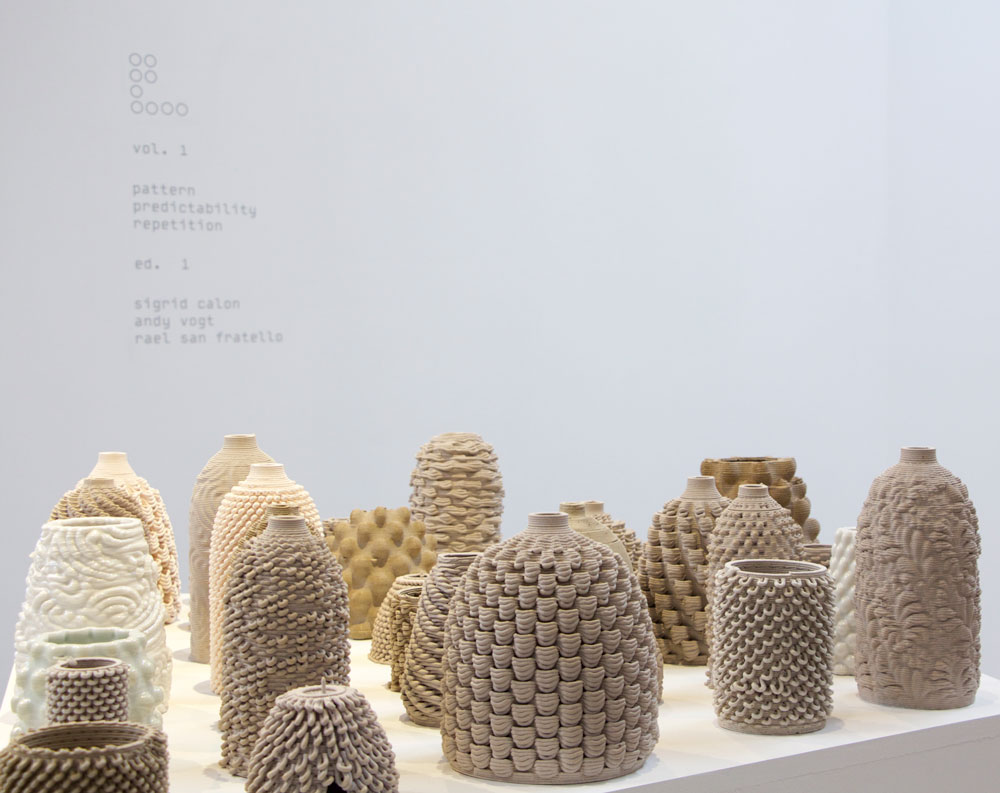


Conceptual artist exploring our use of technology and its ethical and aesthetic implications.
_
[EN] Filipe Vilas-Boas was born in Portugal in 1981. He is a self-taught conceptual artist currently living and working in Paris. Without being a naive tech utopist or a reluctant technophobe, he explores our use of technology and its ethical and aesthetic implications. His installations, performances and conceptual artworks question the global digitalization of our societies, mostly by merging our physical (IRL) and digital (URL) worlds.
His works were highlighted in the Portuguese Emerging Art Books, 2018 & 2019 Edition and have been shown internationally notably at Nuit Blanche Paris, the UNESCO, Biennale Siana, Le Cube, The French Ministry of Culture, Biennale Némo - Le 104 (FR), Athens Digital Art Festival, Monitor - Heraklion Contemporary Arts Festival (GR), Zaratan, MAAT Museum (PT) and at the Tate Modern (UK).
Luminous-Lint is used worldwide by curators, educators, photography students, photohistorians, collectors and photographers to better understand the many histories of photography.
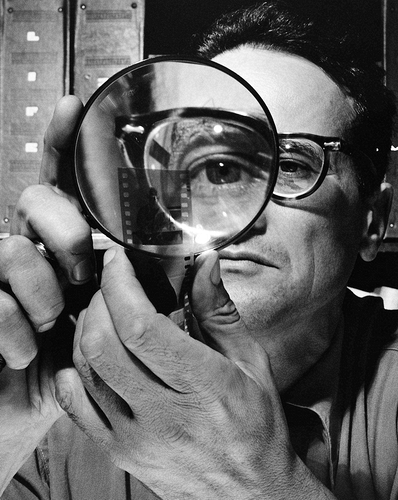

Carefully curated list of awesome creative coding resources primarily for beginners/intermediates :
To the extent possible under law, Terkel Gjervig has waived all copyright and related or neighboring rights to this work.
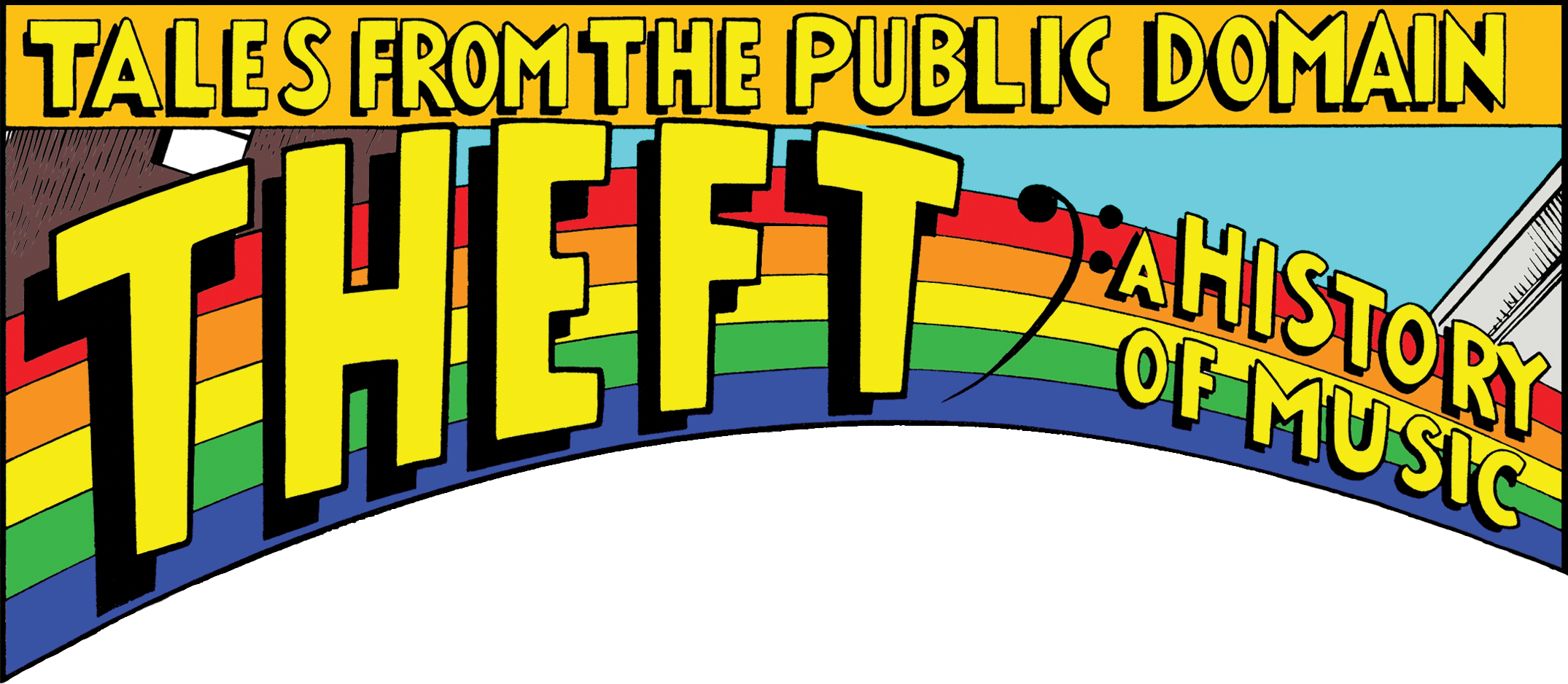
https://law.duke.edu/sites/default/files/centers/cspd/musiccomic/Theft.pdf
This comic lays out 2000 years of musical history. A neglected part of musical history. Again and again there have been attempts to police music; to restrict borrowing and cultural cross-fertilization. But music builds on itself. To those who think that mash-ups and sampling started with YouTube or the DJ’s turntables, it might be shocking to find that musicians have been borrowing—extensively borrowing—from each other since music began. Then why try to stop that process? The reasons varied. Philosophy, religion, politics, race—again and again, race—and law. And because music affects us so deeply, those struggles were passionate ones. They still are.
The history in this book runs from Plato to Blurred Lines and beyond. You will read about the Holy Roman Empire’s attempts to standardize religious music with the first great musical technology (notation) and the inevitable backfire of that attempt. You will read about troubadours and church composers, swapping tunes (and remarkably profane lyrics), changing both religion and music in the process. You will see diatribes against jazz for corrupting musical culture, against rock and roll for breaching the color-line. You will learn about the lawsuits that, surprisingly, shaped rap. You will read the story of some of music’s iconoclasts—from Handel and Beethoven to Robert Johnson, Chuck Berry, Little Richard, Ray Charles, the British Invasion and Public Enemy.
To understand this history fully, one has to roam wider still—into musical technologies from notation to the sample deck, aesthetics, the incentive systems that got musicians paid, and law’s 250 year struggle to assimilate music, without destroying it in the process. Would jazz, soul or rock and roll be legal if they were reinvented today? We are not sure. Which as you will read, is profoundly worrying because today, more than ever, we need the arts.
All of this makes up our story. It is assuredly not the only history of music. But it is definitely a part—a fascinating part—of that history. We hope you like it.